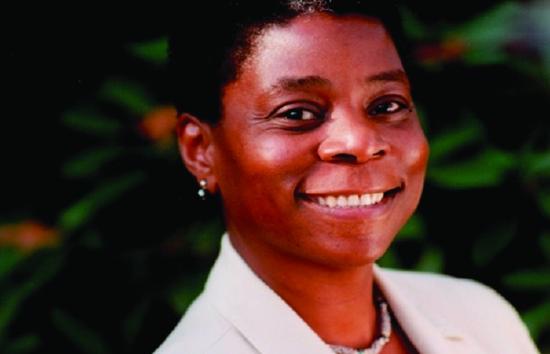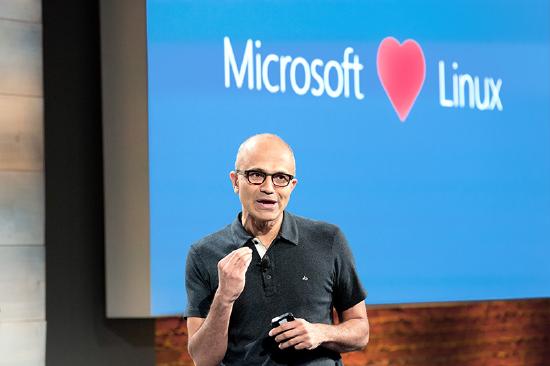1.2: Identifying the Components of Information Systems
- Page ID
- 28723
\( \newcommand{\vecs}[1]{\overset { \scriptstyle \rightharpoonup} {\mathbf{#1}} } \)
\( \newcommand{\vecd}[1]{\overset{-\!-\!\rightharpoonup}{\vphantom{a}\smash {#1}}} \)
\( \newcommand{\id}{\mathrm{id}}\) \( \newcommand{\Span}{\mathrm{span}}\)
( \newcommand{\kernel}{\mathrm{null}\,}\) \( \newcommand{\range}{\mathrm{range}\,}\)
\( \newcommand{\RealPart}{\mathrm{Re}}\) \( \newcommand{\ImaginaryPart}{\mathrm{Im}}\)
\( \newcommand{\Argument}{\mathrm{Arg}}\) \( \newcommand{\norm}[1]{\| #1 \|}\)
\( \newcommand{\inner}[2]{\langle #1, #2 \rangle}\)
\( \newcommand{\Span}{\mathrm{span}}\)
\( \newcommand{\id}{\mathrm{id}}\)
\( \newcommand{\Span}{\mathrm{span}}\)
\( \newcommand{\kernel}{\mathrm{null}\,}\)
\( \newcommand{\range}{\mathrm{range}\,}\)
\( \newcommand{\RealPart}{\mathrm{Re}}\)
\( \newcommand{\ImaginaryPart}{\mathrm{Im}}\)
\( \newcommand{\Argument}{\mathrm{Arg}}\)
\( \newcommand{\norm}[1]{\| #1 \|}\)
\( \newcommand{\inner}[2]{\langle #1, #2 \rangle}\)
\( \newcommand{\Span}{\mathrm{span}}\) \( \newcommand{\AA}{\unicode[.8,0]{x212B}}\)
\( \newcommand{\vectorA}[1]{\vec{#1}} % arrow\)
\( \newcommand{\vectorAt}[1]{\vec{\text{#1}}} % arrow\)
\( \newcommand{\vectorB}[1]{\overset { \scriptstyle \rightharpoonup} {\mathbf{#1}} } \)
\( \newcommand{\vectorC}[1]{\textbf{#1}} \)
\( \newcommand{\vectorD}[1]{\overrightarrow{#1}} \)
\( \newcommand{\vectorDt}[1]{\overrightarrow{\text{#1}}} \)
\( \newcommand{\vectE}[1]{\overset{-\!-\!\rightharpoonup}{\vphantom{a}\smash{\mathbf {#1}}}} \)
\( \newcommand{\vecs}[1]{\overset { \scriptstyle \rightharpoonup} {\mathbf{#1}} } \)
\( \newcommand{\vecd}[1]{\overset{-\!-\!\rightharpoonup}{\vphantom{a}\smash {#1}}} \)
\(\newcommand{\avec}{\mathbf a}\) \(\newcommand{\bvec}{\mathbf b}\) \(\newcommand{\cvec}{\mathbf c}\) \(\newcommand{\dvec}{\mathbf d}\) \(\newcommand{\dtil}{\widetilde{\mathbf d}}\) \(\newcommand{\evec}{\mathbf e}\) \(\newcommand{\fvec}{\mathbf f}\) \(\newcommand{\nvec}{\mathbf n}\) \(\newcommand{\pvec}{\mathbf p}\) \(\newcommand{\qvec}{\mathbf q}\) \(\newcommand{\svec}{\mathbf s}\) \(\newcommand{\tvec}{\mathbf t}\) \(\newcommand{\uvec}{\mathbf u}\) \(\newcommand{\vvec}{\mathbf v}\) \(\newcommand{\wvec}{\mathbf w}\) \(\newcommand{\xvec}{\mathbf x}\) \(\newcommand{\yvec}{\mathbf y}\) \(\newcommand{\zvec}{\mathbf z}\) \(\newcommand{\rvec}{\mathbf r}\) \(\newcommand{\mvec}{\mathbf m}\) \(\newcommand{\zerovec}{\mathbf 0}\) \(\newcommand{\onevec}{\mathbf 1}\) \(\newcommand{\real}{\mathbb R}\) \(\newcommand{\twovec}[2]{\left[\begin{array}{r}#1 \\ #2 \end{array}\right]}\) \(\newcommand{\ctwovec}[2]{\left[\begin{array}{c}#1 \\ #2 \end{array}\right]}\) \(\newcommand{\threevec}[3]{\left[\begin{array}{r}#1 \\ #2 \\ #3 \end{array}\right]}\) \(\newcommand{\cthreevec}[3]{\left[\begin{array}{c}#1 \\ #2 \\ #3 \end{array}\right]}\) \(\newcommand{\fourvec}[4]{\left[\begin{array}{r}#1 \\ #2 \\ #3 \\ #4 \end{array}\right]}\) \(\newcommand{\cfourvec}[4]{\left[\begin{array}{c}#1 \\ #2 \\ #3 \\ #4 \end{array}\right]}\) \(\newcommand{\fivevec}[5]{\left[\begin{array}{r}#1 \\ #2 \\ #3 \\ #4 \\ #5 \\ \end{array}\right]}\) \(\newcommand{\cfivevec}[5]{\left[\begin{array}{c}#1 \\ #2 \\ #3 \\ #4 \\ #5 \\ \end{array}\right]}\) \(\newcommand{\mattwo}[4]{\left[\begin{array}{rr}#1 \amp #2 \\ #3 \amp #4 \\ \end{array}\right]}\) \(\newcommand{\laspan}[1]{\text{Span}\{#1\}}\) \(\newcommand{\bcal}{\cal B}\) \(\newcommand{\ccal}{\cal C}\) \(\newcommand{\scal}{\cal S}\) \(\newcommand{\wcal}{\cal W}\) \(\newcommand{\ecal}{\cal E}\) \(\newcommand{\coords}[2]{\left\{#1\right\}_{#2}}\) \(\newcommand{\gray}[1]{\color{gray}{#1}}\) \(\newcommand{\lgray}[1]{\color{lightgray}{#1}}\) \(\newcommand{\rank}{\operatorname{rank}}\) \(\newcommand{\row}{\text{Row}}\) \(\newcommand{\col}{\text{Col}}\) \(\renewcommand{\row}{\text{Row}}\) \(\newcommand{\nul}{\text{Nul}}\) \(\newcommand{\var}{\text{Var}}\) \(\newcommand{\corr}{\text{corr}}\) \(\newcommand{\len}[1]{\left|#1\right|}\) \(\newcommand{\bbar}{\overline{\bvec}}\) \(\newcommand{\bhat}{\widehat{\bvec}}\) \(\newcommand{\bperp}{\bvec^\perp}\) \(\newcommand{\xhat}{\widehat{\xvec}}\) \(\newcommand{\vhat}{\widehat{\vvec}}\) \(\newcommand{\uhat}{\widehat{\uvec}}\) \(\newcommand{\what}{\widehat{\wvec}}\) \(\newcommand{\Sighat}{\widehat{\Sigma}}\) \(\newcommand{\lt}{<}\) \(\newcommand{\gt}{>}\) \(\newcommand{\amp}{&}\) \(\definecolor{fillinmathshade}{gray}{0.9}\)Let's use your experience as a user to understand the above definitions. For example, let's say you work for a small business, and your manager asks you to track the business's expenses and send her the list to see where the money has gone. You use a spreadsheet application on your laptop to enter the list of costs you have collected and then email the spreadsheet to her once you are done. You will need a device (i.e., laptop) based on an operating system (i.e., iOS, Windows), a spreadsheet app running, an email app (i.e., Outlook), and an internet connection. All these components must work together perfectly! In essence, you are using the interrelated components in an IS to allow it to collect, process, store, and disseminate information. The role of this IS system is to enable you to create new value (i.e., expense tracker) and for your manager to use the information you disseminate "to support decision making, coordination, control, analysis, and visualization in an organization." (Laudon et al., 2011) You and your manager have obtained your goals through the processes you have created to capture the data, calculate it, check it, and how and when your manager receives the new information to make her decision to manage her company.
Hence, information systems have six major components: hardware, software, network communications, data, people, and processes, as shown in Figure \(\PageIndex{1}\), going clockwise. Each has a specific role, and all parts must work together for a working information system.
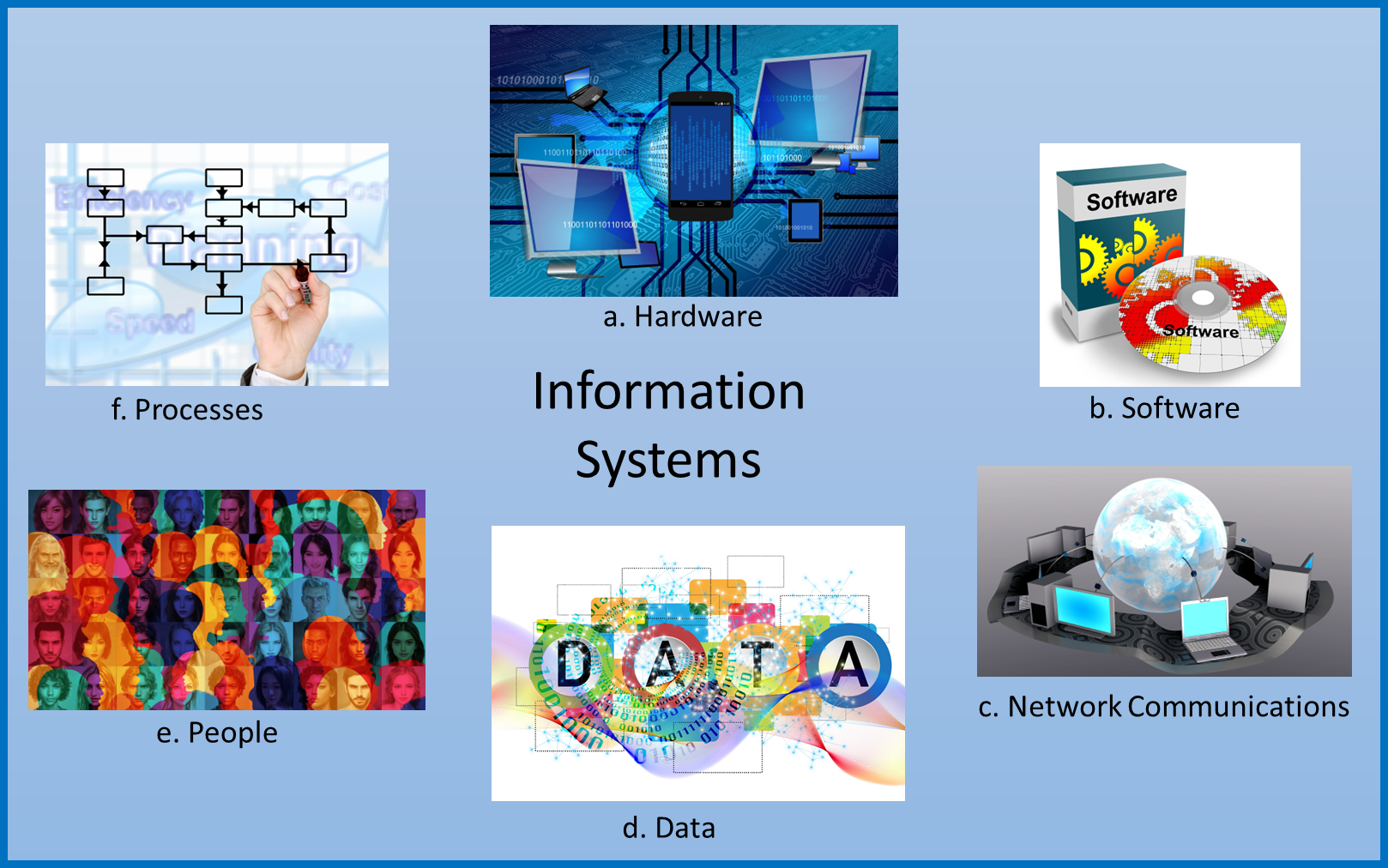
Information Technology (IT) and Information Systems (IS) are sometimes used interchangeably. However, there is a difference between the two terms. The first four components, hardware, software, network communications, and data, are considered essential elements of IT infrastructure. An IS includes the four components of IT and the remaining two components, People and Process, that deliver value to organizations in setting up and using IT to meet specific organizations' goals (Figure \(\PageIndex{2}\).)

Each of these will get its chapter and a much lengthier discussion, but we will take a moment to introduce them to give you a big picture of each component and how they work together.
Hardware
Hardware represents the physical components of an information system. Some can be seen or touched easily, while others reside inside a device that can only be seen by opening up the device's case. Keyboards, mice, pens, disk drives, iPads, printers, and flash drives are all visible examples. Computer chips, motherboards, and internal memory chips are the hardware that resides inside a computer case and is not usually visible from the outside. Chapter 2 will go into more detail to discuss how they function and work together. For example, users use a keyboard to enter data or a pen to draw pictures.
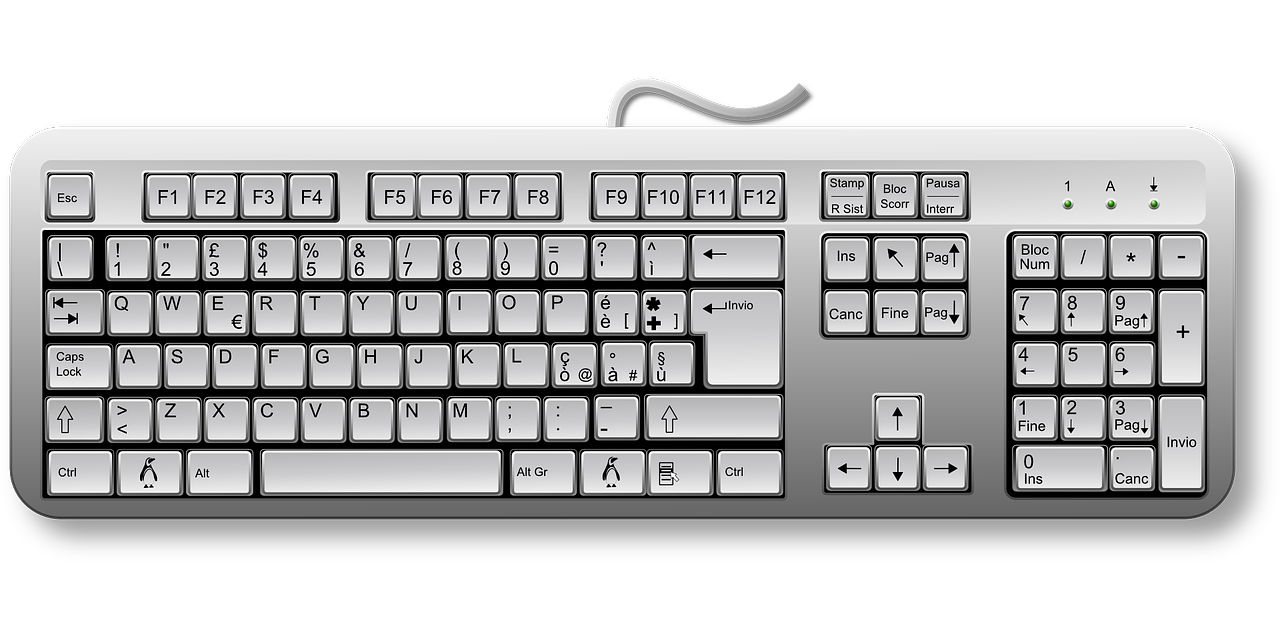

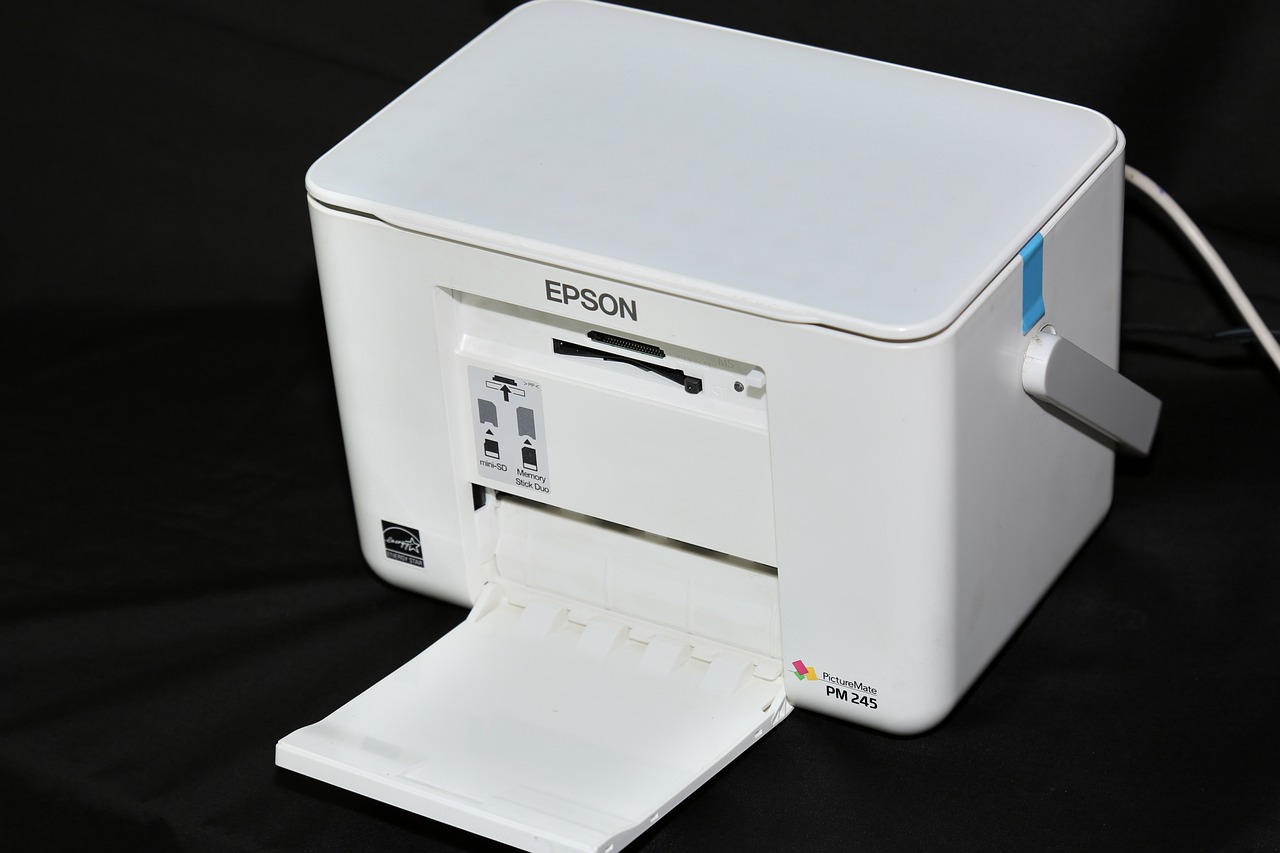
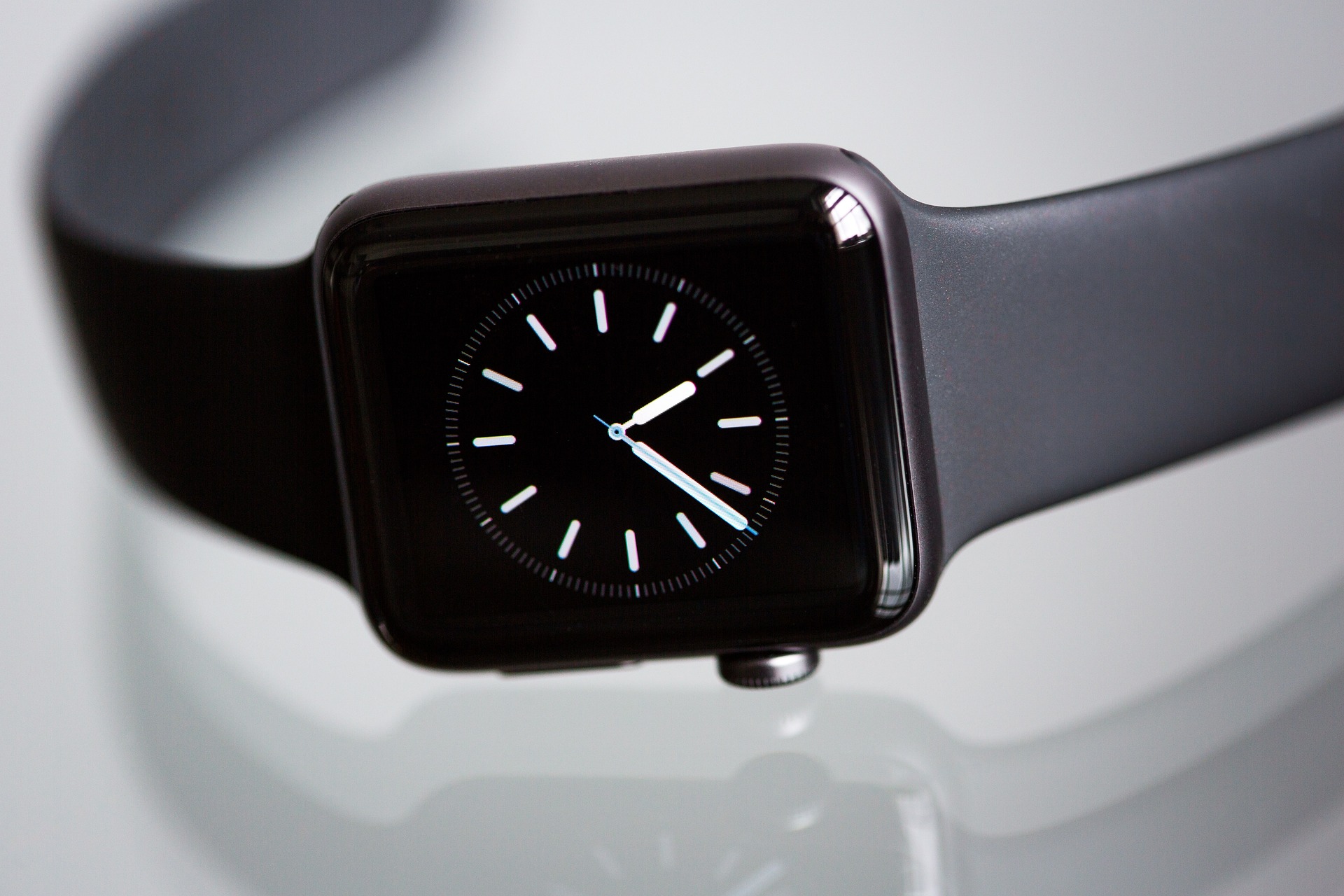
Figure \(\PageIndex{3}\): Keyboard and iPad by Openclipart-Vectors from Pixabay, Laptop and a mobile, image by rupixen from Pixabay,Printer, image by Harinath R from Pixabay, Apple Watch,image by StockSnap from Pixabay. All images are licensed under CC BY 2.0
Software
Software is a set of instructions that tell the hardware what to do. Software is not tangible – it cannot be touched. Programmers create software programs by following a specific process to enter a list of instructions that tell the hardware what to do. There are several software categories, the two main types being operating systems and application software.
Figure \(\PageIndex{4}\) is a diagram showing: Users to and from Application Software which includes word processing, form designer, spreadsheet, email, and calculator to and from Operating System Software which includes Apple iOS, Microsoft Windows, Google Android, Linus based OS to and from Hardware which includes computer chip, keyboard, phone, etc.
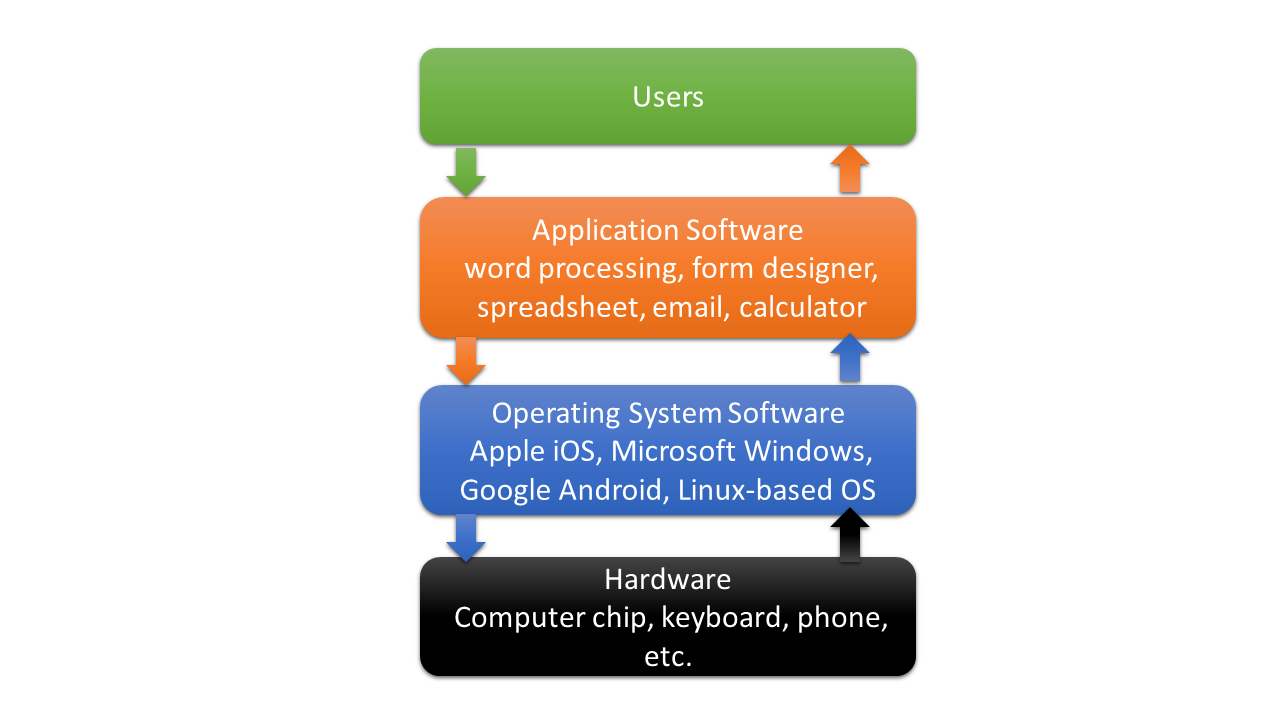
Operating system software provides an interface between the hardware components or devices and applications to protect the programmers from learning about the underlying hardware's specifics. Chapter 3 will discuss software more thoroughly. Here are a few examples:
|
Devices |
Operating Systems |
Applications |
|---|---|---|
|
Desktop |
Apple MacOS, Microsoft Windows |
Adobe Photoshop, Microsoft Excel, Google Map |
|
Mobile |
Google Android, Apple iOS |
Texting, Google Map |
Data
The third component of an IS is data. You can think of data as a collection of non-disputable raw facts. Your first name, driver's license number, city in which you live, a picture of your pet, a clip of your voice, and phone number are examples of raw data. You can see or hear your data, but by themselves, they don't give you any additional meanings beyond the data itself. For example, if you can read a person's driver's license number, you may recognize it as a driver's license number, but you know nothing else. They are examples of what IS would need to collect from you or other sources. However, once these raw data are aggregated, indexed, and organized together into a logical fashion using software such as a spreadsheet, or a database, the collection of these organized data will present new information and insights that a single raw fact can't convey. The example of collecting all expenses (i.e., raw data) to create an expense tracker by category (new information derived) discussed earlier is also a good example. All of the definitions presented at the beginning of this chapter focused on how information systems manage data.
Organizations collect all kinds of data, processed and organized them in some fashion, and use it to make decisions. These decisions can then be analyzed for effectiveness, and the organization can improve. The value of data goes beyond the internal use of data, it becomes assets that can produce revenues. For example, some social media sites collect their users' data and make money selling them to advertisers. Chapter 4 will focus on data and databases and their uses in organizations.
Networking Communication
The components of hardware, software, and data have long been considered the core technology of information systems. However, networking communication is another component of an IS that some people believe should be in its own category. An information system can exist without the ability to communicate. For instance, the first personal computers were stand-alone machines that did not have access to the Internet. Information Systems, however, have evolved since they were developed. For example, we used to have only desktop operating system software or hardware. However, in today's environment, the operating system software now includes mobile OS, and hardware comprises other hardware devices besides desktops. It is extremely rare for a computer device that does not connect to another device or a network. Chapter 5 will go into this topic in greater detail.
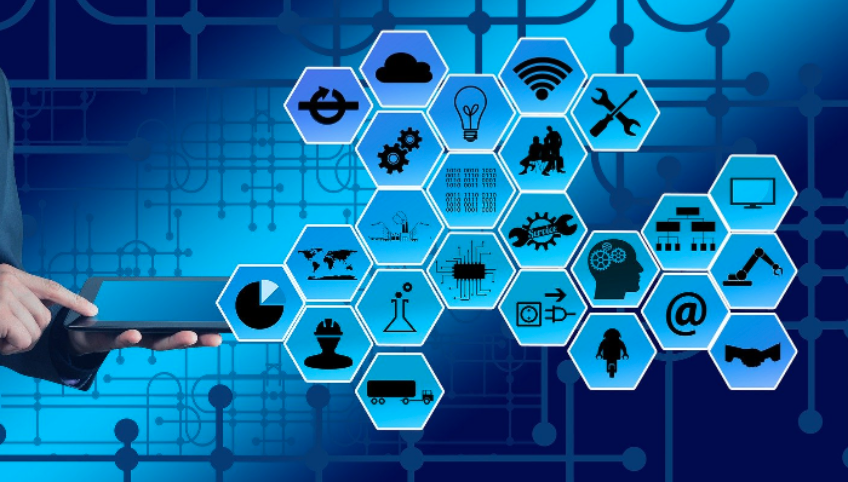
People
People built computers for people to use. It means that there are many different categories in the development and management of information systems to help organizations to create value and improve productivity, such as:
- Users are those who use an IS to perform a job function or task. Examples include a student using a spreadsheet or a word-processing software program.
- Technical Developers are the people who create the technologies used to build an information system. Examples include a computer chip engineer, a software programmer, and an application programmer.
- IT Support: These specialized professionals are trained to keep the information systems running smoothly to support the business and keep it safe from illegal attacks. Examples include network analysts, data center support, and help desk support.
- Business Professionals: these are the CEOs, owners, managers, entrepreneurs, and employees who use IS to start or expand their businesses to perform their job functions such as accounting, marketing, sales, human resources, and supporting customers, among others. Famous CEOs representing the components of IS include Reshma Saujani, founder of Girls Who Code, Steve Jobs of Apple, Lisa Tzwu-Fang Su of AMD, Safra Catz of Oracle (Figure \(\PageIndex{6}\)), Marc Benioff of Salesforce, Ursula Burns of Xero, Satya Nadella of Microsoft, and Jeff Bezos of Amazon (Figure \(\PageIndex{7}\)). These are only some key people whose companies have contributed to the advances of the components of information systems; more details will be covered in Chapters 9 and 10.
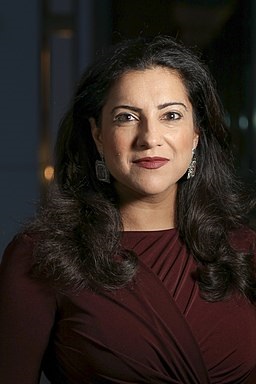
.jpg?revision=1&size=bestfit&width=322&height=312)
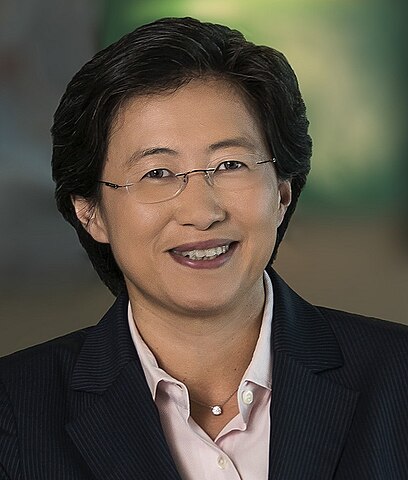

Process
The last component of information systems is Process. A business process is a series of steps to achieve a desired outcome or goal. Businesses must continually innovate to create more revenues through new products and services that fulfill customers' needs or find cost-saving opportunities in running their companies. Simply automating activities using technology is not enough. Information systems are becoming increasingly integrated with organizational processes to deliver value in revenue-generating and cost-saving activities that can give companies competitive advantages over their competitors. Technical standards or procedures such as "business process reengineering," "business process management," "enterprise resource planning," and "customer relationship management" all have to do with the continued improvement of these business procedures and the integration of technology with them to improve internal efficiencies and to gain a deeper understanding of customers' needs. Businesses hoping to gain an advantage over their competitors are highly focused on this component of information systems. We will discuss processes in Chapter 8.
Figure \(\PageIndex{8}\) is an example of a business process to illustrate the steps a customer goes through to purchase a book (Susi, L, 2021). It shows: The customer goes to the bookstore and searches the shelves. If the book is available, customers purchase it and take it home. If it is not available, then ask the clerk to search. If the clerk finds it, the customer buys it and takes it home. If the clerk does not find it, the customer inquires about if they can order it. If not, then customers go to another store. If yes, then the clerk places the order. When it arrives, the clerk notifies the customer, who returns to the store, purchases it, and takes it home.
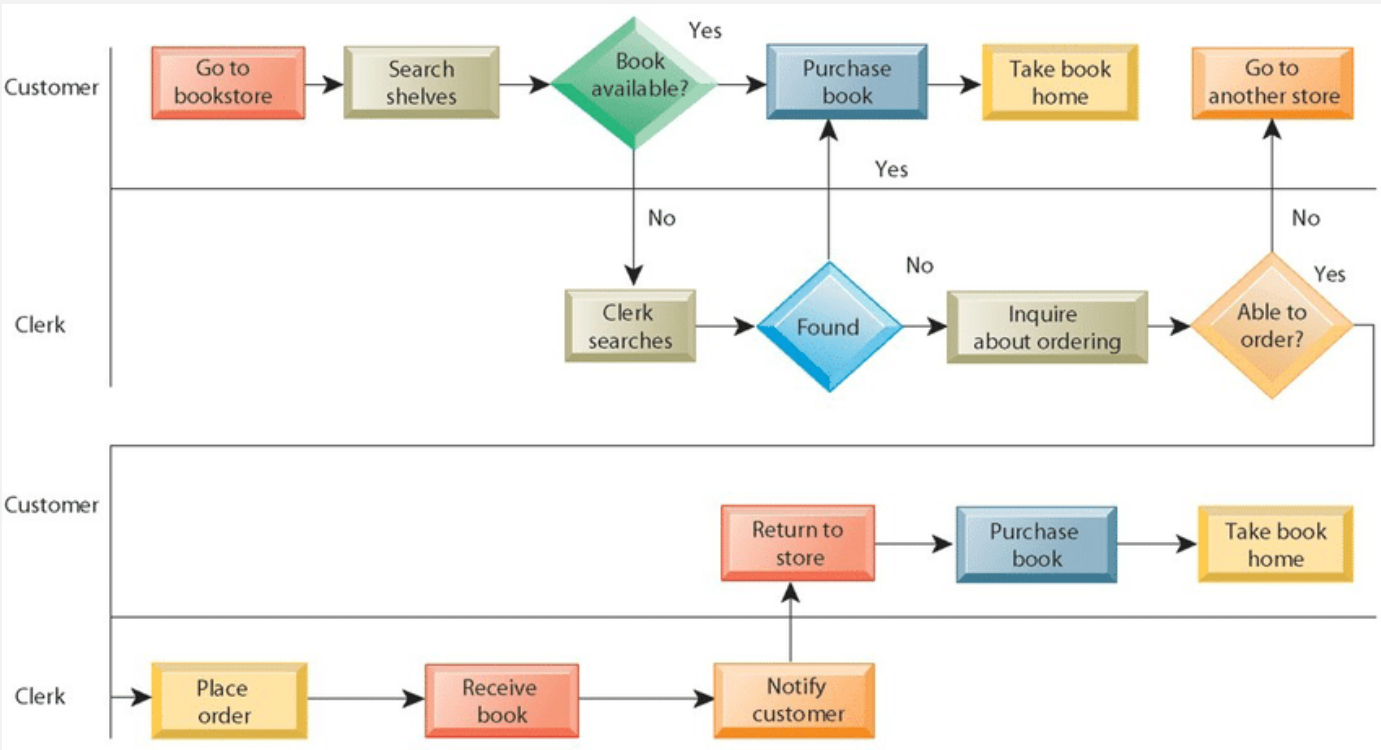
Figure \(\PageIndex{8}\): Figure 13-2 As-Is Business Process For Purchasing a Book From A customer, by Susi Lowati (2021), from Scientific Figure on ResearchGate
References
Laudon, K. C., & Laudon, J. P. (2011). Management information systems. Upper Saddle River, NJ: Prentice-Hall.
Lowati, Susi. (2021). Membangun Sistem Informasi Untuk Perubahan Model Bisnis Dan Digitalisasi Perusahaan Pada PT. Quantum Globalindo. Retrieved from Researchgate.net, October 29, 2022.




